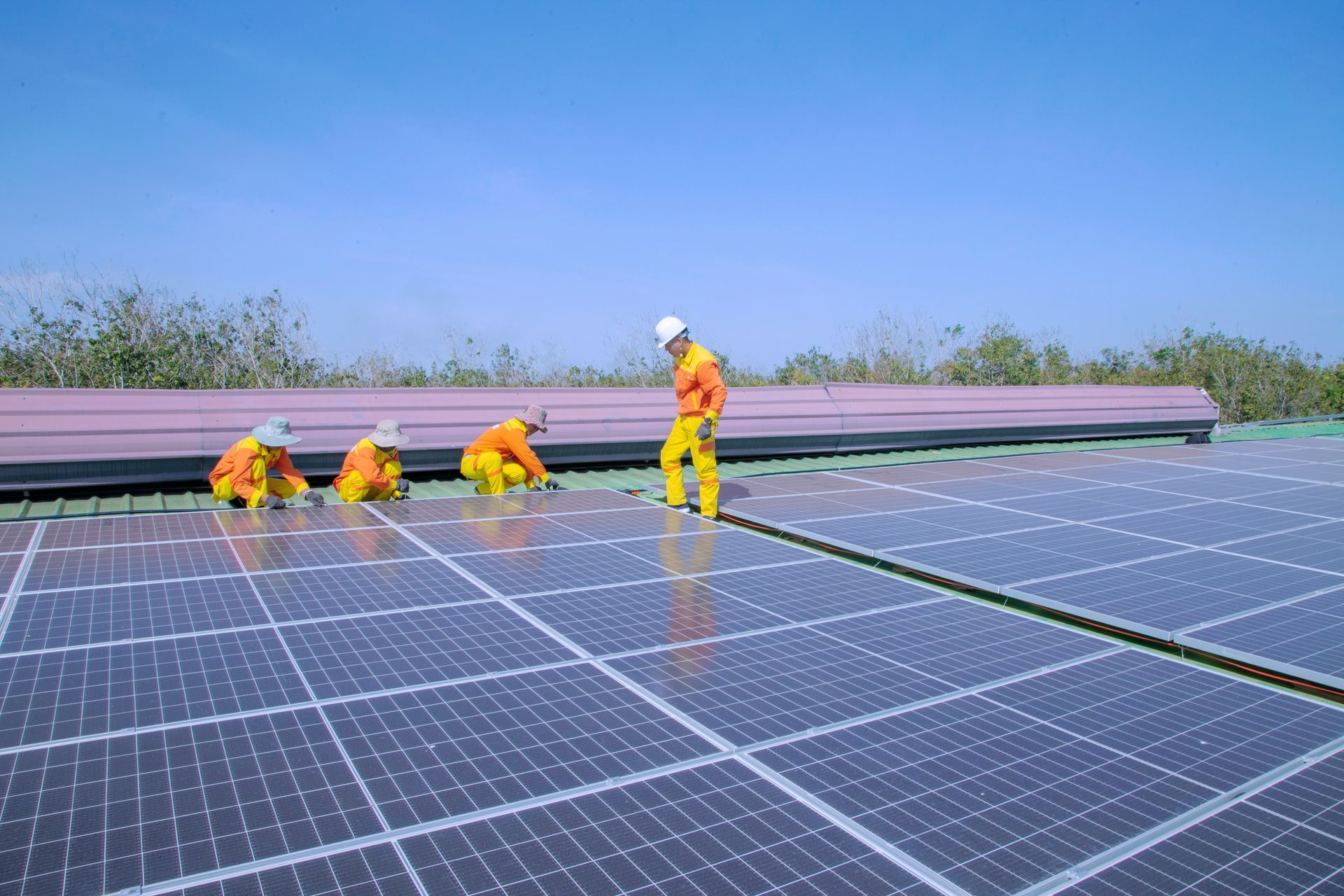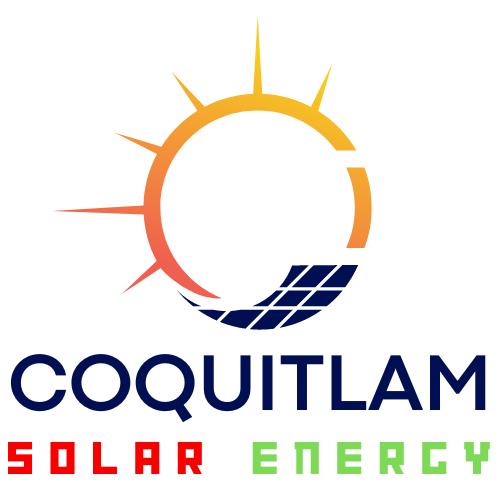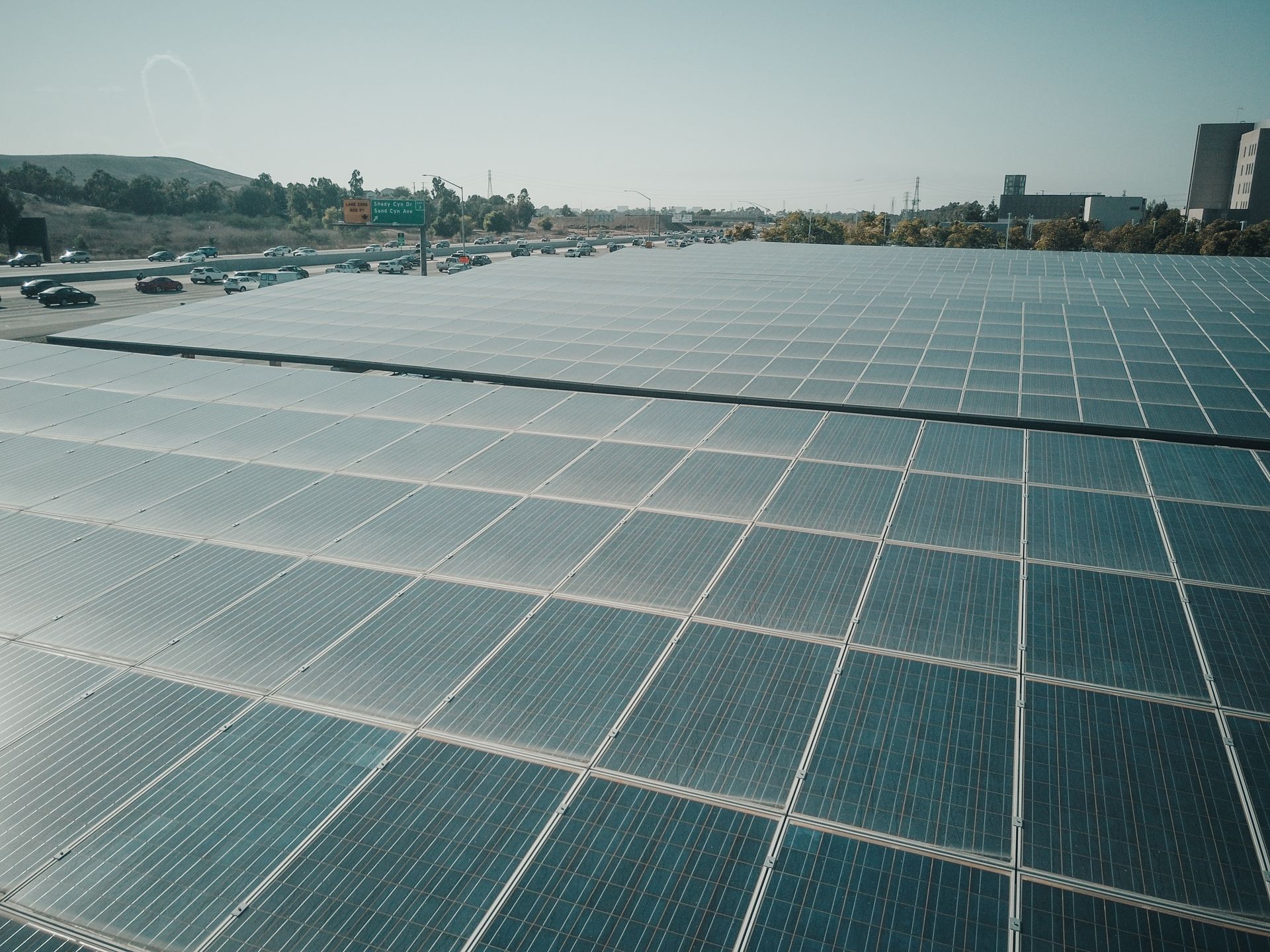Renewable Energy Solar: An In-Depth Manual
Solar energy continues to gain traction and relevance as the world seeks more sustainable ways to generate electricity. This guide will walk you through the fascinating history of solar power, break down how it works, show you the various applications of
renewable energy solar ranging from your home to large-scale operations, and peek into what the future holds for this amazing energy source.
A Brief History of Solar Energy
This brief history highlights key advancements that have shaped today's renewable energy landscape, particularly in solar technology. Here's an overview of the timeline of renewable energy from an article:
Waterwheels (200 BC): Europe's earliest form of renewable energy, turning water flow into mechanical action.
Dutch Windmills (1590s): Pioneered in the Netherlands, these windmills were precursors to today's wind turbines.
Mouchot's Solar System (1860): Augustin Mouchot in France developed the first-ever solar energy system.
Selenium Solar Cells (1876): Demonstrated in London, these early solar cells turned sunlight into electricity.
Electric Windmills (1887): First appeared in Europe and the U.S., generating electricity from wind.
Einstein's Photoelectric Effect (1905): Einstein won a Nobel for explaining how light can be converted into energy.
Commercial Wind Turbines (1927): First sold to U.S. farmers, signaling renewable energy's commercial potential.
Hoover Dam (1935): U.S.'s largest hydroelectric facility at its time, costing $165 million.
Vanguard 1 (1958): First U.S. satellite using solar power, marking a space milestone.
Solar-Powered Village (1978): Arizona's Tohono O’odham Reservation became the world's first solar community.
SOLAR Project (1996): Innovated energy storage methods, most notably at Solar Two in the Mojave Desert.
Ivanpah Plant (2013): World's largest solar power plant built in California, covering 4,000 acres and costing $2.2 billion.
Basics of Solar Energy
Solar energy relies on converting sunlight into usable forms of power. The Office of Energy Efficiency and Renewable Energy claims that the most common way to achieve this is through photovoltaic (PV) cells.
These cells are made from semiconductor materials, like silicon, that absorb photons and generate a flow of electrons, creating an electric current.
Photovoltaic (PV) Cells
- Capture sunlight and convert it into electricity.
- Made of semiconductor materials, like silicon.
- An array of PV cells forms a solar panel, which can be installed on rooftops, solar farms, etc.
Types of Solar Energy Systems
Here's a quick comparison table to help you understand the different solar energy systems available:
Photovoltaic Systems (PV)
Directly converts sunlight into electricity using semiconductor materials. Suitable for both residential and commercial use.
Solar Thermal Systems
Utilizes sunlight to heat a fluid, which is then used for water heating or space heating.
Concentrated Solar Power (CSP)
Uses mirrors or lenses to focus sunlight, generating steam that drives a turbine to produce electricity. Best suited for large-scale operations.
Solar Energy Applications
Solar energy is versatile, catering to various applications from small residential setups to large-scale solar farms. Below we break down these applications into three categories: Residential, Commercial, and Large-Scale.
1. Residential
Solar energy offers several applications for homeowners:
- Solar Panels on Rooftops: The most common residential application, providing electricity for daily use.
- Solar Water Heaters: Use solar thermal technology to heat water for domestic use.
- Solar Outdoor Lighting: Illuminate your garden or pathway using small, solar-powered lights.
2. Commercial
Businesses have a range of options to incorporate solar energy:
- Commercial Solar Farms: Large installations that generate electricity for business operations.
- Rooftop Installations: Smaller-scale solar arrays that can power specific departments or buildings.
- Solar-Powered Charging Stations: For electric vehicles and gadgets, helping businesses reduce their carbon footprint.
Residential vs Commercial
Application
Electricity Generation
Heating
Additional Uses
Residential
Rooftop solar panels
Solar water heaters
Outdoor solar lighting
Commercial
Solar farms or rooftop installations
Solar thermal systems for heating and cooling
Solar-powered charging stations
Large-Scale
Large-scale applications go beyond individual households and single businesses:
- Solar Farms: Expansive fields of solar panels, supplying power to entire communities or feeding into the grid.
- Community Solar Projects: Residents can buy into a shared solar array, reducing overall costs.
- Utility-Scale Solar: Massive installations that contribute power directly to the utility grid.
Large-Scale Solar Applications
Solar Farms
Fields filled with solar panels that generate large amounts of electricity for communities or the grid.
Community Solar Projects
Allows multiple people to share the benefits of a single, local solar array.
Utility-Scale Solar
Massive solar installations that feed power directly into the utility grid.
Solar Energy Applications by Scale and Type
This chart provides an at-a-glance view of what kinds of solar energy applications are most suitable depending on the scale—residential, commercial, or large-scale.
| Scale | Electricity Generation | Heating | Additional Uses | Specialized Use |
|---|---|---|---|---|
| Residential | Rooftop solar panels | Solar water heaters | Outdoor solar lighting | N/A |
| Commercial | Rooftop installations, Commercial solar farms | Solar thermal systems for heating and cooling | Solar-powered charging stations | N/A |
| Large-Scale | Solar Farms, Utility-Scale Solar | N/A | N/A | Community Solar Projects |
Future Trends in Solar Energy
From technological advancements to storage solutions and global adoption, the future of solar energy looks promising. Below are some of the major trends to watch:
Technological Advancements
- Efficiency: Newer, more efficient panels are developing, including bifacial types that capture sunlight on both sides.
- Flexibility: Research for flexible and transparent panels for broader applications is ongoing.
Solar Storage
- Advanced Batteries: Lithium-ion batteries are improving, and other types like flow batteries are on the horizon.
- Grid Integration: Better grid technology will allow for more efficient storage and use of solar energy.
Global Trends
- Emerging Economies: Developing countries are adopting solar energy at a rapid pace.
- Policy Support: Government incentives are making solar installations more attractive.

Solar Solutions Are Only a Click Away
From photovoltaic cells to large-scale solar farms, the landscape of solar energy is vast and ever-evolving. With technological advancements and improved storage solutions on the horizon, the future of solar energy looks incredibly bright.
Solar energy isn't just a trend; it's a sustainable solution for energy needs across the globe. Its ecological and economic impact makes it increasingly essential in today's world.
FAQs
-
How do I find reputable solar companies near me?
Utilize online directories, reviews, and recommendations from friends or family to identify reputable local solar providers. Make sure to verify certifications, customer testimonials, and professional affiliations.
-
What questions should I ask a potential solar company?
Before you decide to let them install your solar panels, here are some questions you need to ask:
- What types of solar systems do you offer?
- Can you provide case studies or examples of similar installations?
- What warranties and maintenance services are available?
- Do you handle permits and other paperwork?
CONTACT
Telephone: 604-337-1958
E-mail: info@coquitlamsolarenergy.ca
LOCATION
Coquitlam, BC V3B 0A4, Canada
Coquitlam Solar Energy | All Rights Reserved | 2023

